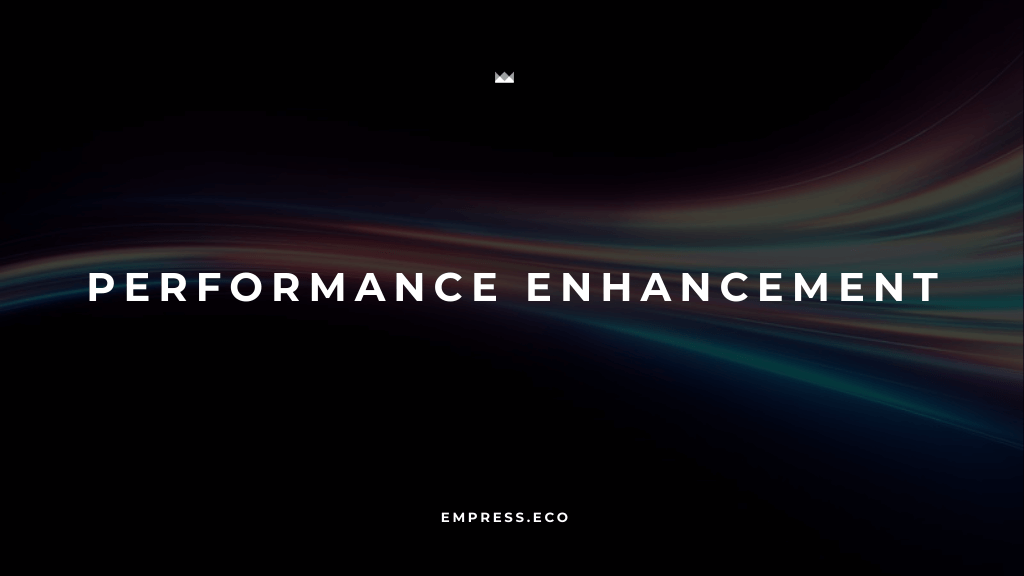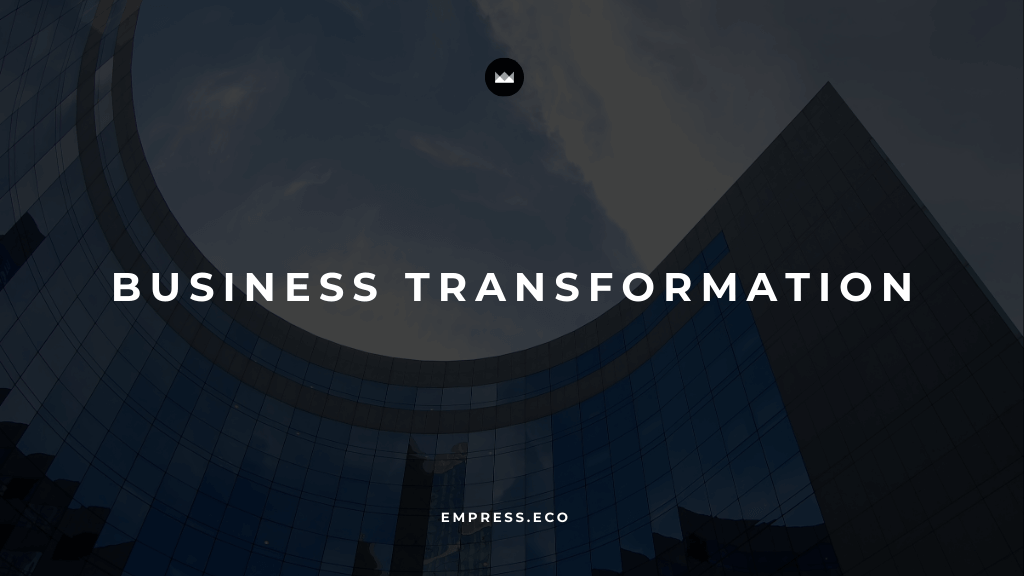
Boost Productivity and Efficiency with MAIA’s AI-Powered Business Solutions
Enhancing business performance with advanced AI-driven workflows and analytics.
Table of Contents
Enhancing productivity and efficiency is crucial for achieving sustainable growth and maintaining a competitive edge. Artificial intelligence (AI) has emerged as a transformative force, enabling businesses to optimize workflows, streamline operations, and make data-driven decisions. This blog explores how AI-powered performance enhancement can boost productivity and efficiency, providing real-world examples of its impact on various industries.
Understanding AI-Powered Performance Enhancement
AI-powered performance enhancement involves integrating advanced AI technologies into business operations to automate tasks, analyze data, and optimize workflows. By leveraging machine learning, natural language processing, and predictive analytics, businesses can improve efficiency, reduce costs, and drive innovation.
Benefits of AI-Driven Workflows and Analytics
Increased Operational Efficiency
AI automates repetitive and time-consuming tasks, freeing up valuable time for employees to focus on strategic and creative activities. This automation leads to increased productivity and streamlined operations, allowing businesses to operate more efficiently.
Data-Driven Decision-Making
AI enables businesses to analyze vast amounts of data quickly and accurately, providing actionable insights that inform strategic decisions. By leveraging predictive analytics and machine learning algorithms, companies can make more informed decisions and proactively address potential challenges.
Enhanced Customer Experiences
AI-driven workflows improve customer experiences by providing personalized interactions and faster response times. AI-powered chatbots and virtual assistants can handle a wide range of customer inquiries, ensuring a seamless and efficient customer experience.
Cost Reduction
By automating tasks and optimizing workflows, AI helps businesses reduce operational costs. This cost efficiency allows companies to allocate resources more effectively and invest in growth and innovation.
Key Strategies for AI-Powered Performance Enhancement
Implementing AI-Driven Automation
AI-powered tools can handle mundane and repetitive tasks such as data entry, invoice processing, and customer service inquiries. This automation reduces the risk of human error and accelerates business processes, allowing employees to focus on higher-level tasks.
Example: A financial institution uses AI to automate the processing of loan applications, reducing processing time from days to hours and improving customer satisfaction.
Utilizing Predictive Analytics
Predictive analytics powered by AI can forecast future trends and behaviors, enabling businesses to make proactive decisions. By analyzing historical data and identifying patterns, AI can predict customer demand, optimize inventory levels, and anticipate market changes.
Example: A retail company uses AI-driven predictive analytics to forecast inventory needs, ensuring optimal stock levels and reducing overstock and stockouts.
Enhancing Cybersecurity Measures
AI-driven security tools analyze behavior patterns, predict outcomes for unusual behavior, and keep hackers out of corporate networks. Implementing AI in cybersecurity can significantly reduce the risk of data breaches and enhance overall security.
Example: A tech company uses AI to monitor network traffic and detect anomalies, preventing cyberattacks and safeguarding sensitive data.
Personalizing Marketing Campaigns
AI can analyze consumer data to create more effective, targeted marketing campaigns. By identifying the most effective channels and strategies, AI ensures a higher return on investment and a stronger market presence.
Example: An e-commerce platform uses AI to analyze customer purchase history and deliver personalized product recommendations, resulting in higher sales and customer loyalty.
Real-World Examples of AI-Powered Performance Enhancement
Healthcare: Improving Diagnostic Accuracy
AI is transforming healthcare by enhancing diagnostic accuracy and treatment efficiency. For instance, AI algorithms can analyze medical images to detect diseases such as cancer at early stages. This early detection allows for timely intervention and improves patient outcomes.
Example: A hospital uses AI to analyze radiology images, improving diagnostic accuracy and enabling early detection of diseases.
Manufacturing: Optimizing Quality Control and Maintenance
In manufacturing, AI is used to optimize quality control and predictive maintenance. AI-powered image recognition systems can identify defects in products with high precision, ensuring that only high-quality items reach the market. Additionally, AI-driven predictive maintenance systems analyze data from machinery to predict when maintenance is needed, reducing downtime and maintenance costs.
Example: A manufacturing plant uses AI to monitor machinery and predict maintenance needs, reducing downtime and improving operational efficiency.
Finance: Automating Fraud Detection and Risk Management
In the financial sector, AI is revolutionizing fraud detection and risk management. Machine learning algorithms can analyze transaction patterns to identify suspicious activities and prevent fraud. AI also enhances risk management by providing real-time insights into market trends and financial risks.
Example: A bank uses AI to analyze financial transactions and detect fraudulent activities, reducing the risk of financial fraud and enhancing security.
Overcoming Challenges in AI Implementation
Ensuring Data Privacy and Security
As AI systems process large volumes of data, ensuring data privacy and security is paramount. Businesses must implement robust data protection measures and comply with regulations such as GDPR to maintain customer trust and safeguard sensitive information.
Navigating Ethical Considerations
The integration of AI raises ethical concerns, such as algorithmic bias and transparency. Companies must develop ethical guidelines and ensure that AI systems operate fairly and transparently to avoid unintended consequences.
Investing in Workforce Training
To fully leverage AI's potential, businesses must invest in training their workforce to adapt to new technologies. Continuous learning and upskilling initiatives are essential for employees to effectively collaborate with AI systems and drive innovation.
Conclusion
AI-powered performance enhancement is transforming businesses by optimizing workflows, enhancing efficiency, and driving innovation. By leveraging AI-driven automation, predictive analytics, and personalized marketing, companies can achieve sustainable growth and maintain a competitive edge. As the digital landscape continues to evolve, embracing AI-powered strategies will be crucial for achieving long-term success. Start exploring AI solutions today to unlock new opportunities for efficiency and innovation in your organization.
Empress Newsletter
Join the newsletter to receive the latest updates in your inbox.







